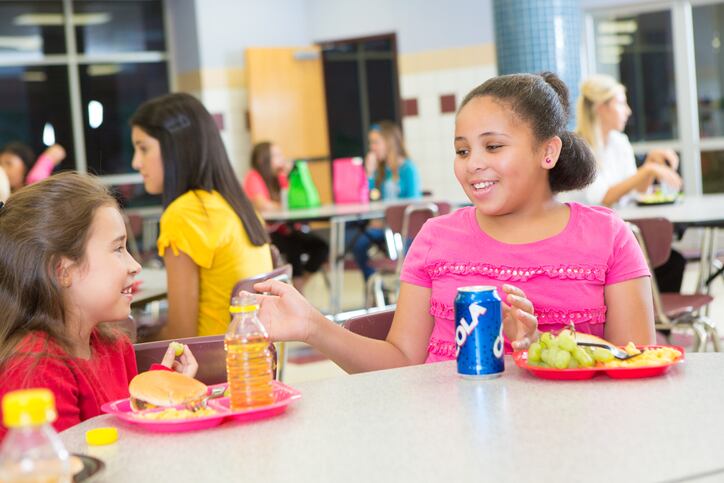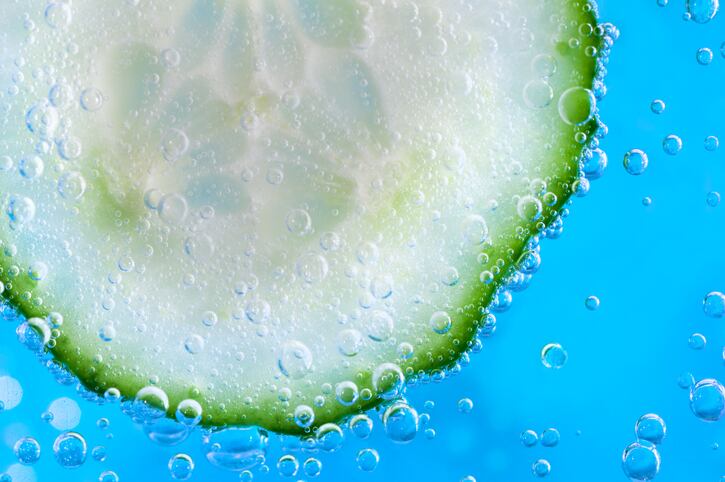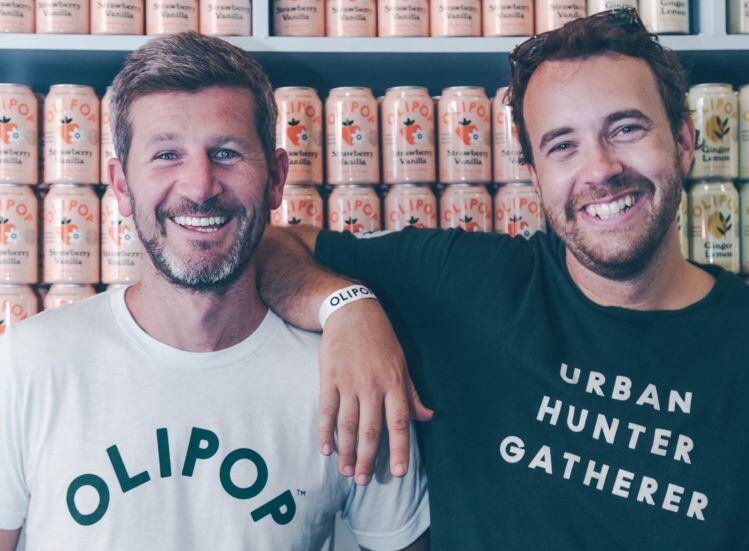Consumption also remains higher among children in neighborhoods with “high exposure rates” compared to students in healthier food environments, researchers at the Union of Concerned Scientists, University of Connecticut, Horizon Foundation and Rudd Center for Food Policy and Obesity found after reviewing sugary beverage consumption by sixth grade students attending public school over a five year period in a county with a multi-level, multi-year reduction campaign.
The findings, published this month in the Journal of Racial and Ethnic Health Disparities, suggest both race and space influence health equity and sugary drink consumption and that interventions and policies that target factors disproportionately affecting Black and Hispanic students may be more impactful, the researchers argue. For example, they suggest, reducing availability and promotion of sugary drinks to children in fast food and other retail food establishments to help close race- and space-related health disparities.
This suggestion is based on analysis of sugary beverage consumption by sixth graders measured four times during a five-year, multi-level campaign in a Mid-Atlantic county between the 2012-13 and 2016-17 academic years.
Between 2012-13 and 2016-17, the percentage of students who reported consuming a sugary drink daily declined a significant 12.5% from 49.4% to 36.9%. This included a 2.5 percentage point drop in consumption of energy drink, 7.6 percentage points for fruit drinks, 6.9 percentage points for regular soda, 7.7 percentage points for sports drinks and 5.4 percentage points for flavored waters and teas.
This translates to a 28.2% decline in average calories consumed from all sugary drink types from 220 to 158 calories between 2012-13 and 2016-17.
While the researchers said they were encouraged by the declines, they also noted that they were not consistent across demographic group or children living in different food retail environments. Notably, they found the share of daily consumption of sugary drinks remained “considerably higher” among Black (58.5%) and Hispanic (49.1%) students than among Asian (22.5%) and white students (33%).
As such Black and Hispanic students reported consuming around 300 calories a day from sugary drinks at baseline to under 240 at the end of the study, while white students started at 140 calories per day and reached under 140 calories per day by the end of the study.
Race was not the only factor correlated with consumption – the retail food environment in which the children attended school also aligned with different levels consumption, according to the study. Specifically Black students living in high exposure zones were the only subgroup that did not report a significant decrease in calories from sugary drinks during the research period.
Based on this as well as previous studies, the researchers suggest that one reason that Black and Hispanic students report higher rates of sugary drink consumption than other racial groups “may be due to targeted marketing of these products by beverage companies” on television and social media.
Likewise, they note, Black youth “were attenuated by greater exposure to fast food restaurants, convenience stores and gas stations that sell food and beverages.”
As an observational study, the research does not suggest causality, but it does highlight consumption differences that align with race and students’ retail food environment, suggesting these factors could play a role in dietary decisions.



